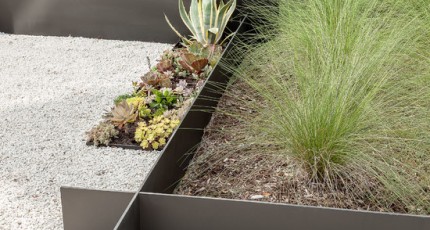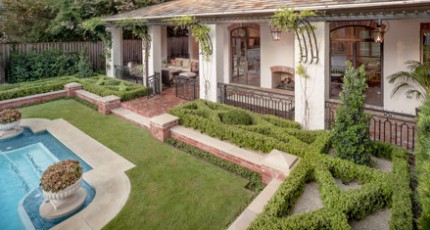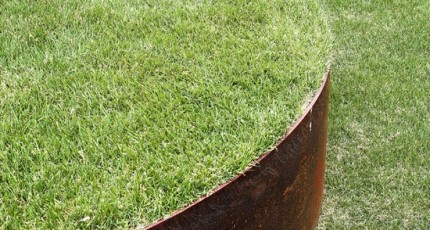Retaining Wall


A retaining wall holds back earth to prevent the force of gravity from pulling it down a slope into a area that by necessity must have a level grade. We might, at face value, incorrectly assume that such a structure is not needed on the Houston landscape. After all, the Gulf Coast is one of the flattest areas in the world. It has no mountains or valleys, nor even so much as a rolling hill.
Why, then, would we need retaining wall in our part of the world?
The simple answer to this question is that terrain here only appears perfectly flat. A closer inspection reveals that there are dips and depressions in every lot, and many homes built along Buffalo Bayou have back yards with very steep grades that follow the watershed down to the stream.
It is impossible to build landscape architecture in such lots without first leveling the grade of the yard. Structures like patios, swimming pools, outdoor kitchens, and courtyards must be constructed on a level foundation in order to remain stable.
Professional landscape designers spend a great deal of time moving earth in many Houston yards before we ever begin planting gardens or constructing hardscape. In order to avoid wasting fill dirt, we often simply move the soil to an aesthetically appealing location within the yard, and then we contain it behind a decorative retaining wall.
While many Internet resources offer easy step-by-step instructions on how homeowners can build these structures using little more than simple earth moving equipment, stones, and the force of gravity, this is not recommended. Like the optically deceptive flatness of the Houston landscape, the operating physics behind these architectural walls is anything but simple.
Gravity actually begins to work in a way that most people do not expect whenever earthworks are held back behind a vertical structure. We would think that the dirt would slide forward along the grade and put more pressure on top of the wall. This is not the case. Gravity is pulling the entire mass of earth down and compacting the layers of soil at the bottom. These layers, in turn, are being pulled forward by gravity in the direction of the downward slope.
This results in more pressure from the earth being put on the bottom of the retaining wall than on the top. Too many do-it-yourselfers have learned this the hard way. They buy stones from a garden store; stack them beautifully in a geometric arc or quadrilateral design, and even plant gardens, trees, and flowering plants in the soil behind them.
Over time, pressure builds behind the wall as gravity pulls the earth downward and forward. Hydration increases this pressure every time it rains, because the soil traps a great deal of water and becomes heavier in the process. This all happens at an unseen level until, one day, the earth suddenly pushes through the bottom of the wall and comes pouring out the other side.
The only way to prevent this from happening to your retaining wall is to have it built by a professional who will also build a drainage system into its design. This will minimize soil hydration and maintain a predictable, steady mass of earth that the vertical surface of the wall will be able to hold back. Otherwise, even the best DYI calculations of mass and retention can fail when the next heavy rainstorm strikes the Gulf Coast.
For more the 20 years Exterior Worlds has specialized in servicing many of Houston’s fine neighborhoods.


